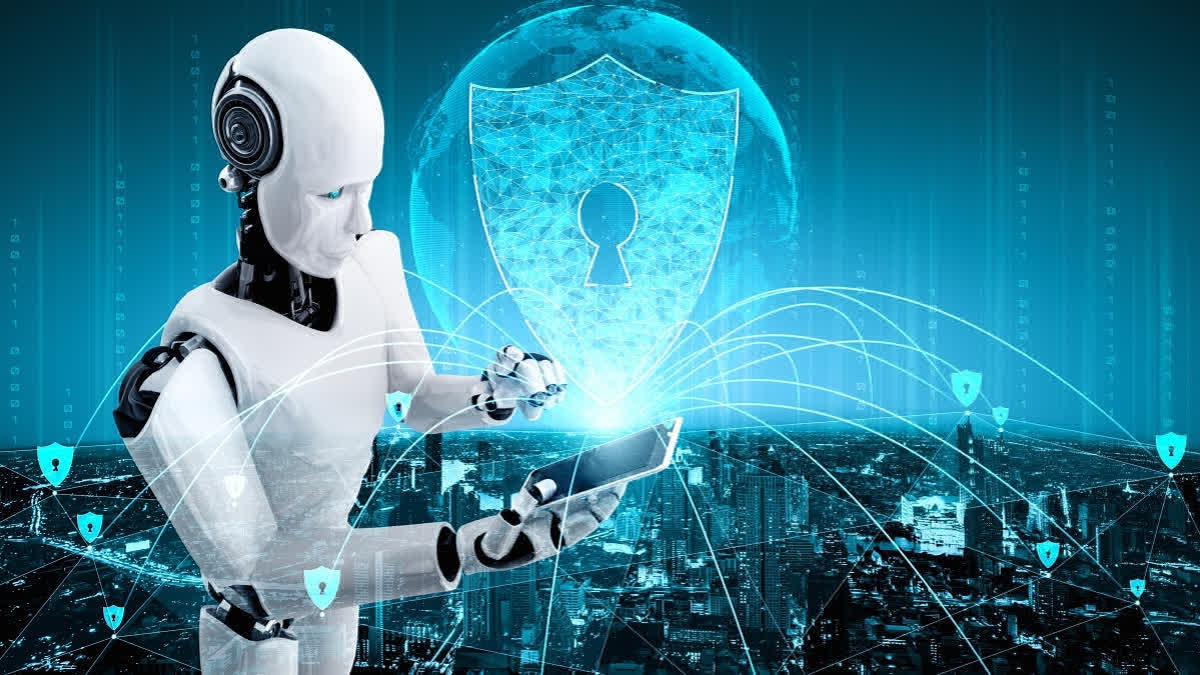Los Angeles:For hours, motion capture sensors tacked onto Noshir Dalal’s body tracked his movements as he unleashed aerial strikes, overhead blows and single-handed attacks that would later show up in a video game. He eventually swung the sledgehammer gripped in his hand so many times that he tore a tendon in his forearm. By the end of the day, he couldn’t pull the handle of his car door open.
The physical strain this type of motion work entails, and the hours put into it, are part of the reason why he believes all video-game performers should be protected equally from the use of unregulated artificial intelligence.
Video game performers say they fear AI could reduce or eliminate job opportunities because the technology could be used to replicate one performance into a number of other movements without their consent. That's a concern that led the Screen Actors Guild-American Federation of Television and Radio Artists to go on strike in late July.
“If motion-capture actors, video-game actors in general, only make whatever money they make that day ... that can be a really slippery slope,” said Dalal, who portrayed Bode Akuna in "Star Wars Jedi: Survivor." “Instead of being like, ‘Hey, we’re going to bring you back’ ... they’re just not going to bring me back at all and not tell me at all that they’re doing this. That’s why transparency and compensation are so important to us in AI protections.”
Hollywood’s video game performers announced a work stoppage — their second in a decade — after more than 18 months of negotiations over a new interactive media agreement with game industry giants broke down over artificial intelligence protections. Members of the union have said they are not anti-AI. The performers are worried, however, the technology could provide studios with a means to displace them.
Dalal said he took it personally when he heard that the video game companies negotiating with SAG-AFTRA over a new contract wanted to consider some movement work “data” and not performance.
If gamers were to tally up the cut scenes they watch in a game and compare them with the hours they spend controlling characters and interacting with non-player characters, they would see that they interact with “movers’” and stunt performers’ work “way more than you interact with my work,” Dalal said.
“They are the ones selling the world these games live in, when you’re doing combos and pulling off crazy, super cool moves using Force powers, or you’re playing Master Chief, or you’re Spider-Man swinging through the city,” he said.
Some actors argue that AI could strip less-experienced actors of the chance to land smaller background roles, such as non-player characters, where they typically cut their teeth before landing larger jobs. The unchecked use of AI, performers say, could also lead to ethical issues if their voices or likenesses are used to create content that they do not morally agree with. That type of ethical dilemma has recently surfaced with game “mods,” in which fans alter and create new game content. Last year, voice actors spoke out against such mods in the role-playing game “Skyrim,” which used AI to generate actors' performances and cloned their voices for pornographic content.
In video game motion capture, actors wear special Lycra or neoprene suits with markers on them. In addition to more involved interactions, actors perform basic movements like walking, running or holding an object. Animators grab from those motion capture recordings and chain them together to respond to what someone playing the game is doing.
“What AI is allowing game developers to do, or game studios to do, is generate a lot of those animations automatically from past recordings,” said Brian Smith, an assistant professor at Columbia University’s Department of Computer Science. “No longer do studios need to gather new recordings for every single game and every type of animation that they would like to create. They can also draw on their archive of past animation.”
If a studio has motion capture banked from a previous game and wants to create a new character, he said, animators could use those stored recordings as training data.
